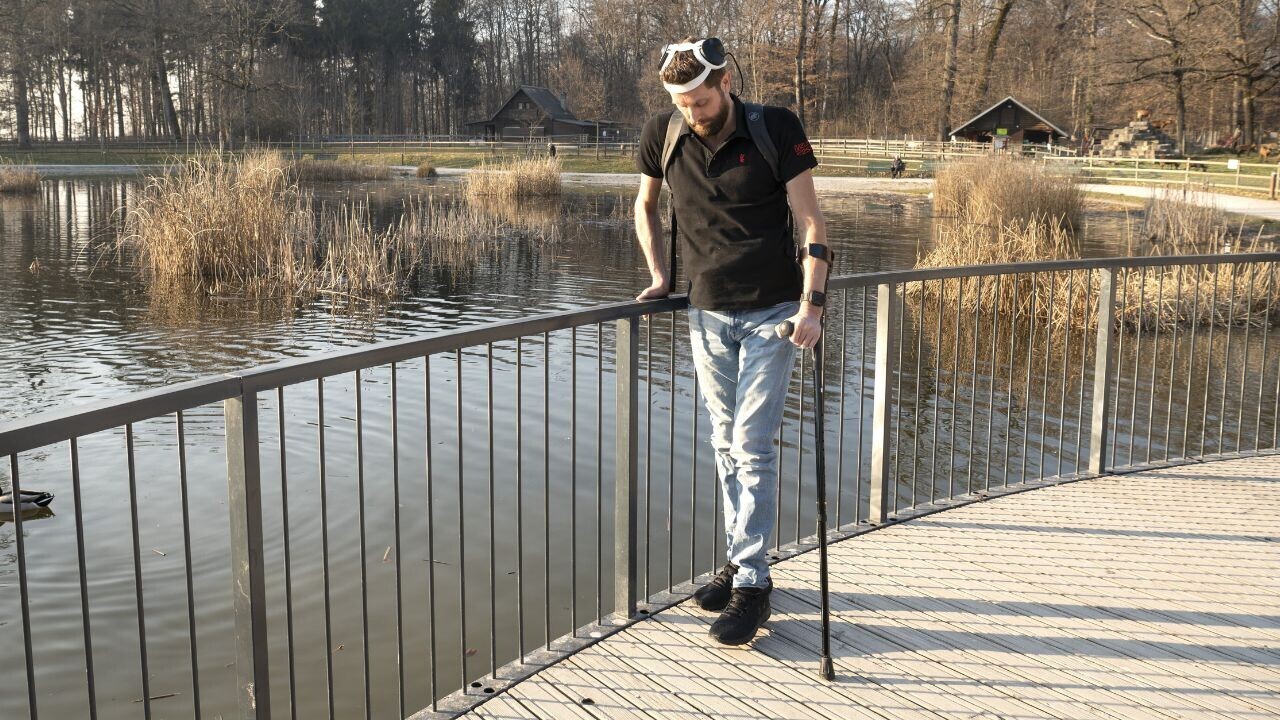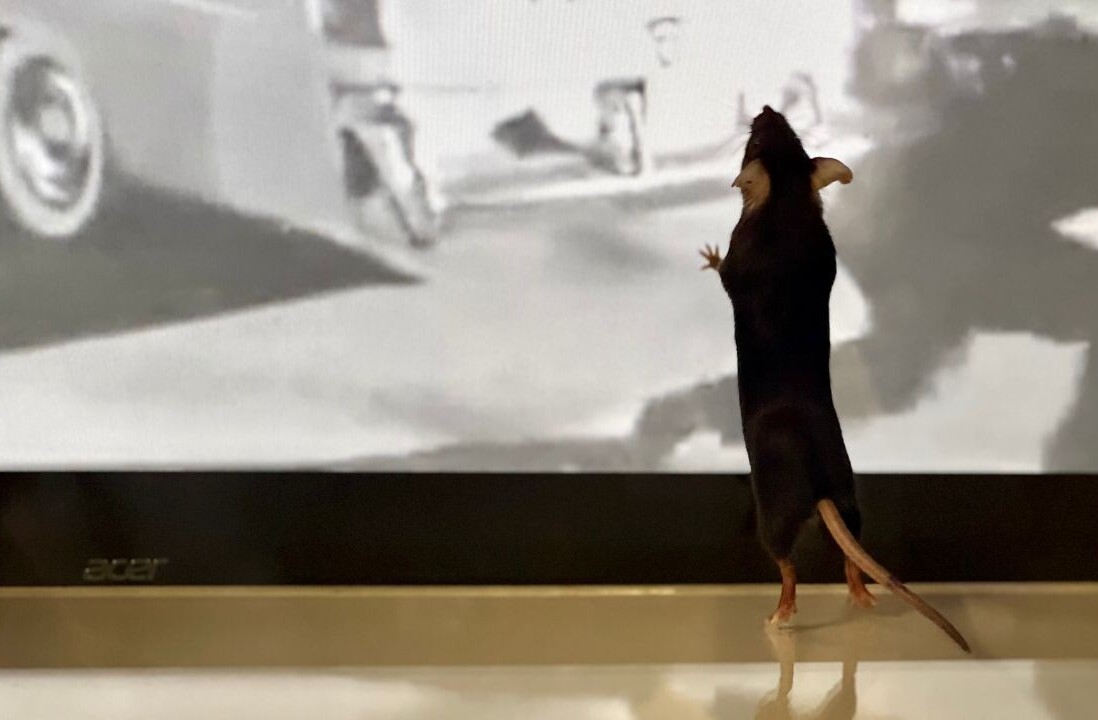
Over a decade ago, a cycling accident left Gert-Jan Oskam paralysed after causing him a spinal cord injury. Now, he’s able to stand and walk again thanks to an innovative brain-spine interface (BSI) developed by a team of Swiss neuroscientists.
To walk, the brain must send a command to the region of the spinal cord that’s responsible for movement control. But a spinal cord injury interrupts this communication.
“Our idea was to reestablish this communication with a “digital bridge”, an electric communication between the brain and the region of the spinal cord that is still intact,” said Professor Grégoire Courtine, one of the project’s lead neuroscientists.
To do that, the team created a wireless interface between the brain and the spine using brain-computer interface (BCI) technology that transforms thought into action. As a result, Oksam can now stand, walk, and climb stairs naturally just by thinking about it.

To establish this digital bridge, two electronic implants in the brain detect neural activity when Oskam wants to move his legs. These signals are then transmitted to a processing unit, which he wears as a backpack. A specially-developed algorithm decodes them and sends them as instructions to another electronic implant, inserted in the spinal cord regions that controls leg movement. This implant works as a neurostimulator which, in turn, activates muscles to move.
Oskam had to undertake two surgeries and around 40 rehabilitation sessions to regain voluntary movement of his legs. “The most surprising thing, I think, happened after two days,” he said during an interview. “Within five to 10 minutes, I could control my hips.”

What is particularly noteworthy is that Oskam can also walk short distances without the device if he uses crutches. The researchers believe that the device has not only improved his sensory and motor perceptions, but also helped develop new nerve connections.
Oksam is the only individual to have tested the technology, but the research team is currently recruiting three people to examine whether a similar device could restore arm movement. The neuroscientists believe that the BSI could also deliver promising results for stroke-caused paralysis.
The Swiss Federal Institute of Technology Lausanne (EPFL) along with project affiliated companies ONWARD medical and CEA have received funding from the European Innovation Council (EIC) to develop a commercial version of the digital bridge and make the technology available worldwide.
You can find the BSI study here.
Get the TNW newsletter
Get the most important tech news in your inbox each week.





